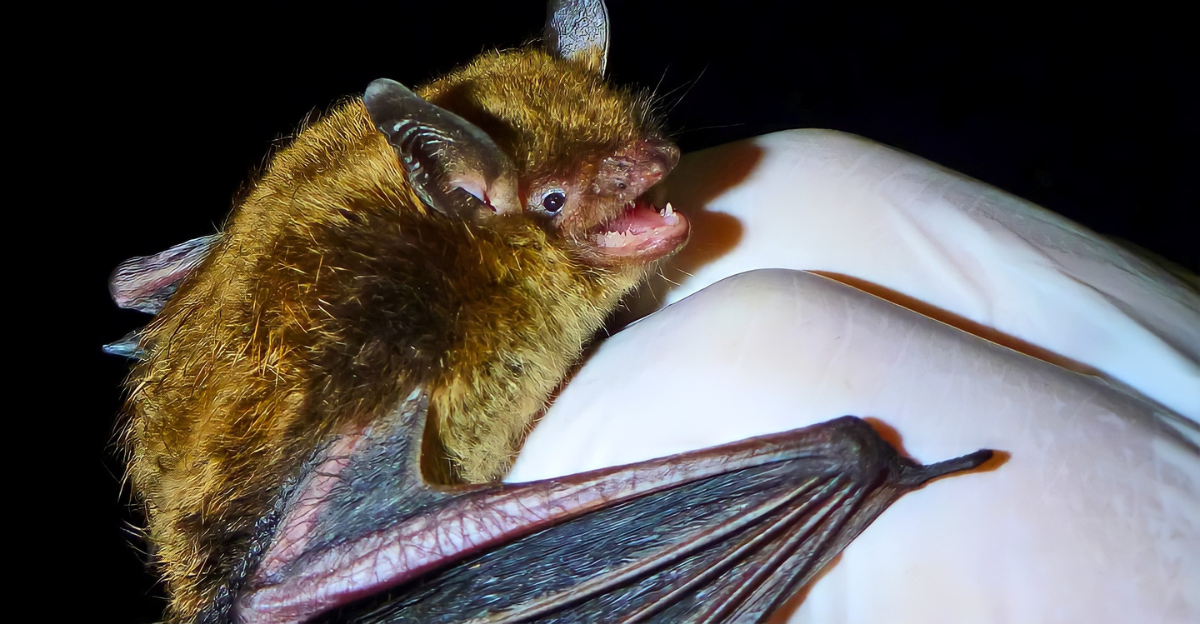
Unlike nearly every other mammal, bats defy the odds of developing cancer. They rarely get tumors, even though they have active metabolisms and long lifespans. Genetic adaptations, including multiple copies and increased activity of the tumor-suppressor gene p53, an enzyme called telomerase that facilitates safe cell regeneration, and an incredibly effective immune system that eliminates cancer cells without causing undue inflammation, are primarily responsible for this resistance.
These characteristics produce a well-balanced system that enables bats to maintain longevity and tissue repair while inhibiting the growth of tumors, a balancing act that has not yet been identified in humans. This genetic concoction raises the prospect of novel cancer therapies based on the evolutionary toolkit of nature.
A Historical View of Research on Bat Cancer
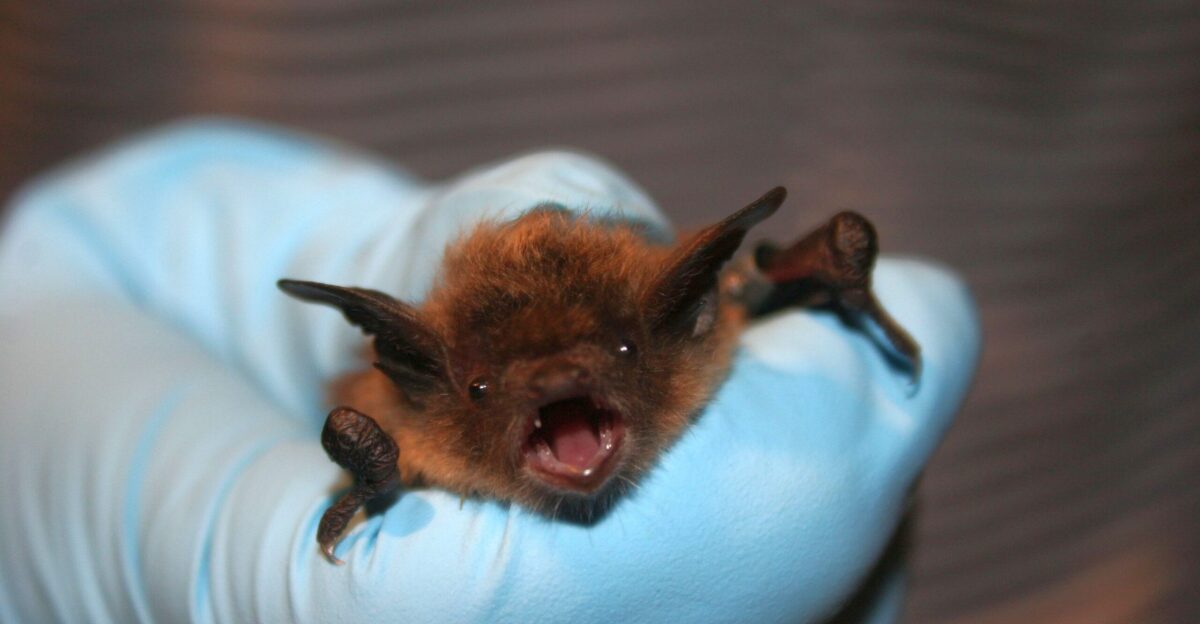
The finding that species like the “little brown” bat can live up to 35 years, or 180 human years, without developing cancer has sparked a recent surge in interest in using bats as models for cancer resistance. Due to the oxidative stress of flight, which raises reactive oxygen species (ROS), early genomic sequencing showed positive selection in DNA repair and tumor suppressor genes over millions of years.
Bats’ cancer defense mechanisms were honed by these ancient evolutionary pressures, establishing a standard for comparative biology research examining longevity and disease resistance in mammals.
The p53 Gene and Other Genetic Foundations

Often referred to as the “guardian of the genome,” the p53 gene is essential for preventing cancer because it causes damaged cells to undergo apoptosis, or programmed cell death. Bats are unique in that they have multiple copies and improved p53 regulation, which enables them to swiftly destroy possible cancer cells without causing damage to nearby tissue. In contrast, humans only possess one copy, and about half of all human cancers are caused by mutations in this copy.
In contrast, humans only possess one copy, and about half of all human cancers are caused by mutations in this copy. Further evidence of a multi-layered genetic defense rarely observed outside of long-lived mammals like whales comes from bats’ positive selection in other DNA repair and tumor suppressor genes, such as the polymerase and PALB2 gene families.
Mastery of the Immune System Against Cancer

Bats’ immune systems are specially designed to withstand viruses, some of which can kill humans, while preserving low levels of chronic inflammation, which is known to accelerate the development of cancer. According to cutting-edge genetic research, bats have reduced tissue damage by shedding the genes that cause overactive immune alarms.
Throughout their lives, their immune system can effectively detect and eradicate cancerous cells, preserving an environment free from cancer. The traditional human cancer/aging immune paradigm is called into question by this immune modulation, which raises the possibility of novel immunotherapy strategies.
Is the Suppression of Tumors by Bats Too Good to Be True?

According to some scientists, bats’ resistance to cancer is not unbeatable. According to lab research, bat cells can develop into cancerous cells with just two genetic “hits”, less than the three to eight hits that humans typically need.
This paradox suggests that rather than innate cellular imperviousness, bats rely primarily on post-cancer mechanisms, such as immune clearance and apoptosis. Therefore, rather than relying on a miracle gene transfer, therapeutically translating their cancer-resisting traits to humans will require careful replication of these multi-tiered defenses.
Special Mechanisms: Cancer Resistance and the ABCB1 Protein

The ABCB1 protein, which releases harmful chemicals that would otherwise cause DNA damage, is another important component of bat cancer defense, according to recent research. Bats have much more of this protein than humans do, which helps to prevent cellular damage and, consequently, the occurrence of cancer.
Improved cellular detoxification pathways could be a valuable addition to immune surveillance and genetic tumor suppressors. By focusing on ABCB1-mediated pathways, new therapeutic approaches that increase human resistance to chemotherapy and genotoxic stress may be introduced.
Bat Genomic Implications for Drug Development

Pharmaceutical research is energized by the identification of the genes and mechanisms of cancer-resistant bats. Drugs that increase p53 activity are already being developed to mimic the tumor suppression seen in bats. Oncology may also be revolutionized by safely increasing telomerase, modifying the immune system to prevent damaging inflammation, and imitating ABCB1 function.
Translating bat biology to humans, however, necessitates addressing intricate biochemical balancing, avoiding immune dysfunction or excessive apoptosis that may result in tissue damage or autoimmune diseases.
Examples and Experimental Data
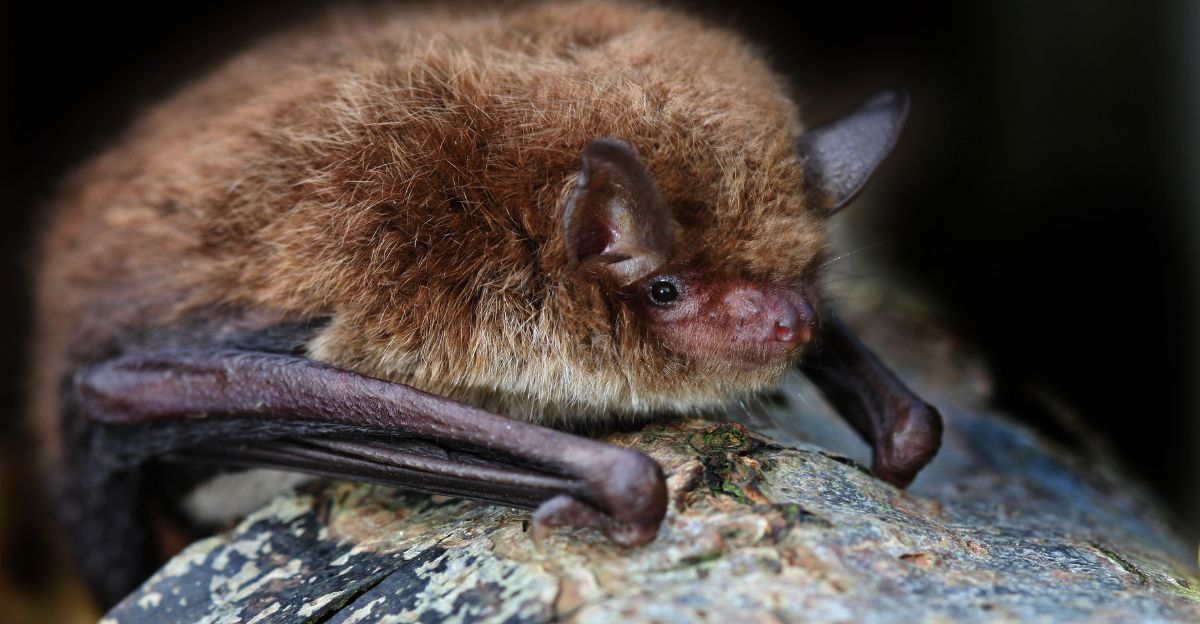
Using experimental models, research on bats’ anticancer properties is growing. Research on big-footed bats reveals that genes linked to tumors are naturally downregulated. Bat cells exhibit superior DNA repair and apoptosis in vitro, and these protective mechanisms are supported by the longevity of bats in vivo.
Notably, some tumor-suppressing effects are species-specific, which means that generalized applications should be done with caution. The next crucial step in elucidating efficacy and safety is experimental validation in mammalian models that are more closely related to humans.
Continuing the Story: Viral Disease Resistance and Bats
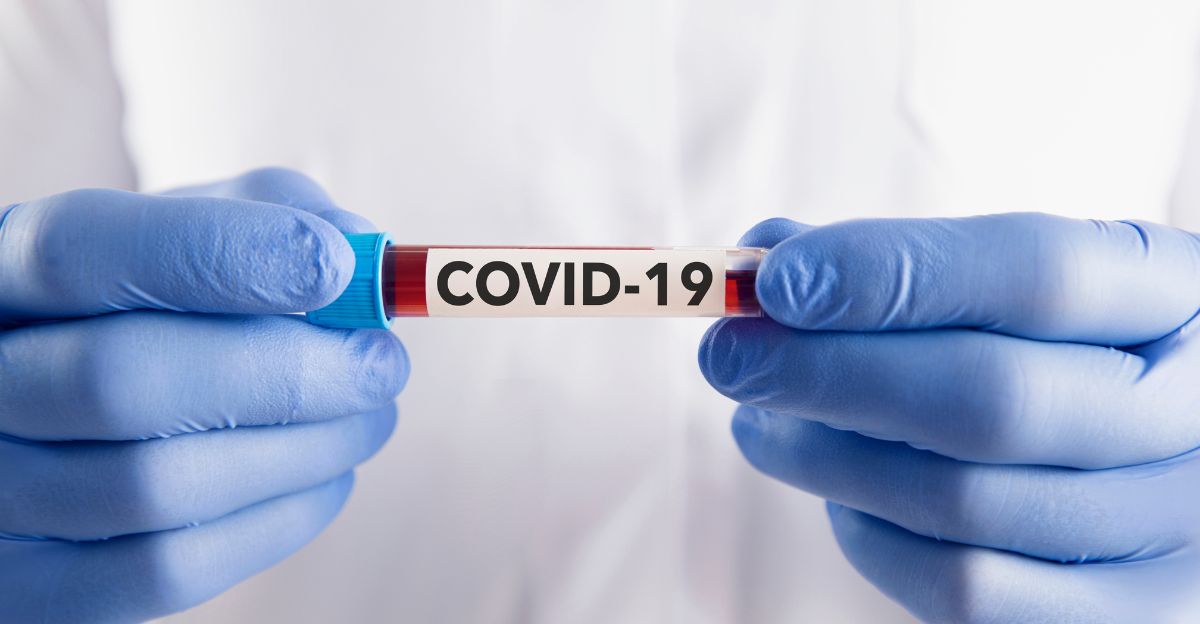
Bats’ ability to carry deadly viruses without getting sick and their resistance to cancer highlight how immune and tumor defenses are intertwined. Gene modifications that lessen inflammatory reactions to viruses like COVID-19 and Ebola also reduce tissue damage that can result in cancer.
Knowing these common pathways may help develop integrated treatments that target cancer and infections, which could revolutionize medicine, particularly in aging or immunocompromised populations.
The Evolution of Cancer Resistance in Bats

The metabolic stress of flight, which increases the risk of ROS and DNA damage, is the direct cause of bats’ evolution of cancer resistance. Their streamlined genomes support long life despite such stressors by favoring the quick selection of immune and DNA repair genes.
This evolutionary pressure provides insights for synthetic biology approaches that aim to reprogramme human cell metabolism and repair systems for disease prevention, illuminating a unique natural experiment in balancing energy demands and longevity.
The Social and Emotional Effects of Nature-Based Cancer Treatments

Consider the paradigm shift in society if cancer incidence is significantly decreased by bat gene-based treatments. The financial costs of cancer treatments, the psychological toll of receiving a cancer diagnosis, and healthcare infrastructures may change.
Redefining not only cancer care but also our relationship with nature as a healing partner, nature’s bioinspiration can inspire optimism and strengthen a mindset that turns to evolutionary biology for radical solutions.
Possible Hazards and Ethical Issues

Bat genes have potential, but there are many moral and biological hazards. Off-target effects such as immune dysregulation or premature aging due to altered apoptosis must be taken into account in gene therapies based on bat genes.
The ecological effects of bioprospecting bats necessitate ethical research methods. A balanced discussion that emphasizes bat genes as a component of larger multi-modal treatment strategies is also necessary because the hype surrounding “nature’s cure” runs the risk of overshadowing the complex, multifactorial realities of cancer.
Inspired by Nature Multiple-System Cancer Treatment

Using a framework that combines cellular detoxification, immune modulation, and genetic tumor suppressors, similar to bats’ multifaceted defenses—could lead to breakthroughs. This encourages resilient, adaptive therapies in contrast to singular target approaches.
A new era of cancer treatment based on evolutionary wisdom could be ushered in by such a holistic approach that works in tandem with current modalities like immunotherapy and precision medicine.
Unlocking the Potential of Nature to Cure Cancer
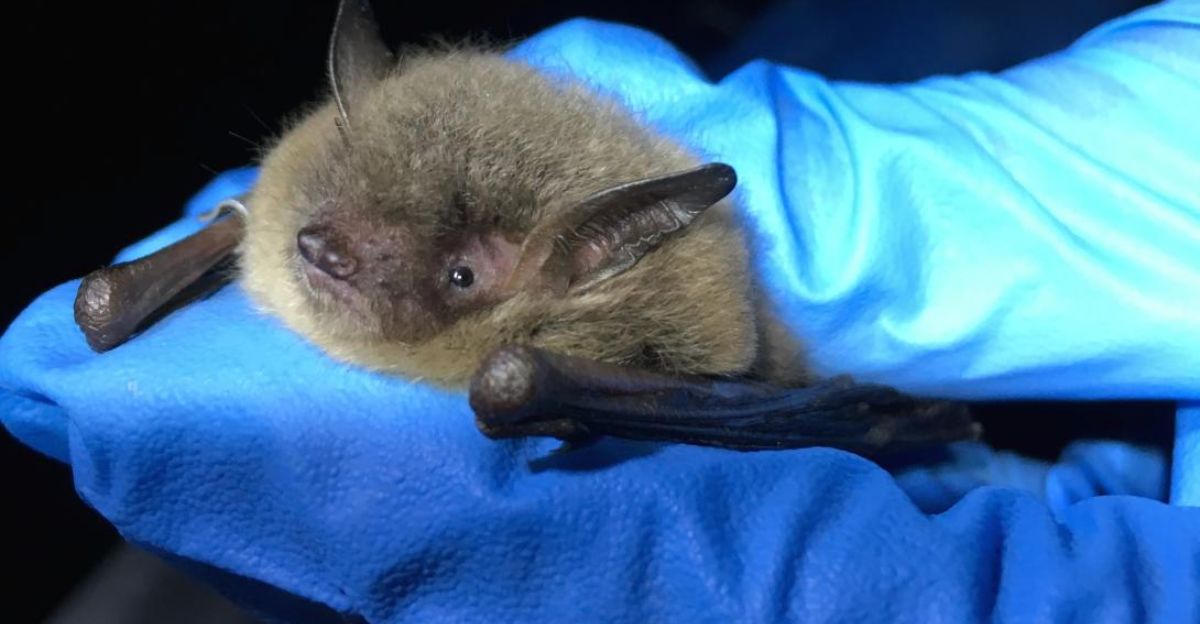
Bats’ intricate genetic and immunological adaptations, developed over thousands of years, are a prime example of nature’s inventiveness in preventing cancer. Their strong biological barrier against tumors is made up of their increased p53 activity, telomerase maintenance, immunological effectiveness, and detoxification processes.
Although it calls for careful consideration and nuanced understanding, applying these discoveries to human medicine holds the potential for ground-breaking cancer treatments. The cure for cancer found in nature is not a myth; rather, it is a source of significant medical inspiration that must be carefully used to improve human health.